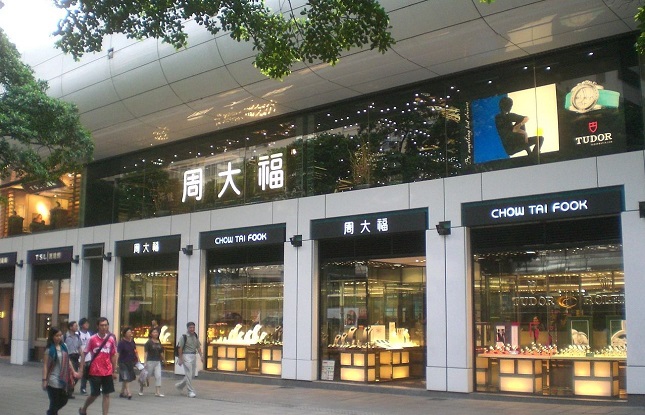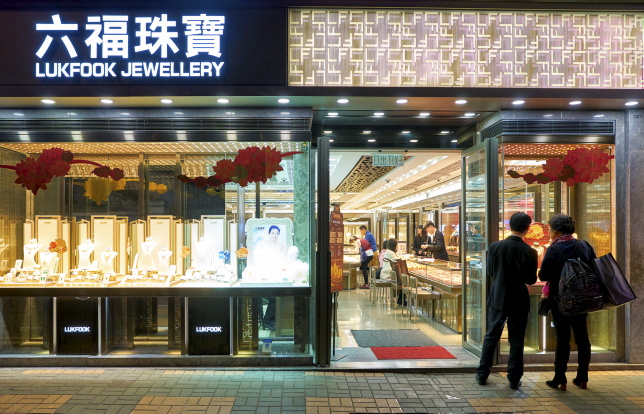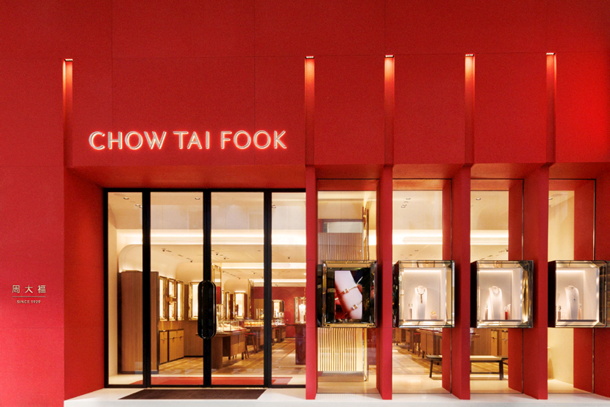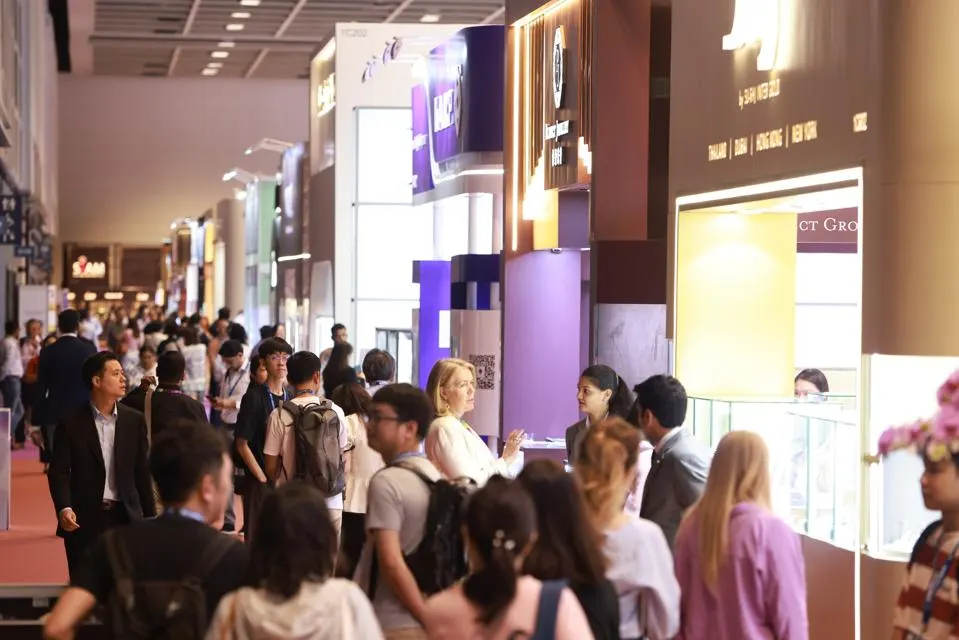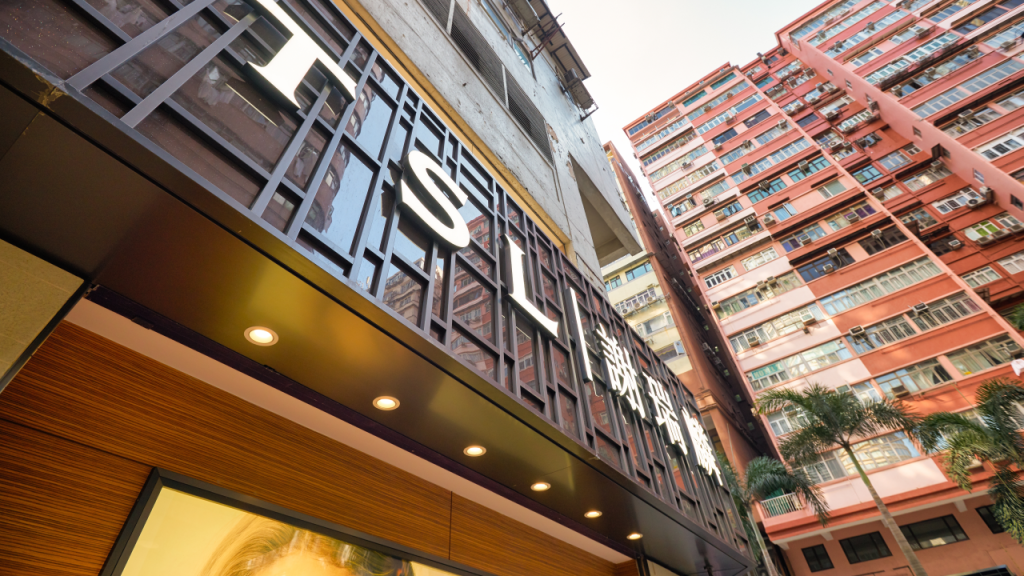Sales of jewelry and other luxury items in Hong Kong sank in August, marking the sharpest monthly decline on record as protests in the municipality hit tourism and consumption.
Revenue from jewelry, watches, clocks and other valuable gifts dropped 47% year on year to HKD 3.93 billion ($501.3 million) during the month, the municipality’s Census and Statistics Department reported Wednesday. That marks the lowest monthly decline for jewelry since the department began publishing results in 2005, according to a public data archive. Sales across all retail categories slipped 23% to HKD 29.36 billion ($3.74 billion).
Demonstrations against an extradition bill have been escalating since June, forcing luxury stores, train stations and the city’s airport to shut down. Although the bill has been scrapped, unrest has continued, with police reportedly shooting an 18-year-old protester Tuesday, and more than 100 people, including 30 police officers, being hospitalized amid the increased violence.
The situation has led to a sharp decline in travelers from China and abroad, as well as weakened local purchasing. The number of tourists visiting Hong Kong was down 39% to 3.6 million in August, the Hong Kong Tourism Board reported. Of those, 2.8 million came from mainland China, a decline of 42% over the same period last year.
The overall retail decline was “even worse than that recorded in September 1998 during the Asian financial crisis,” a government spokesperson noted. “Apart from the weak consumer sentiment amid subdued economic conditions, the plunge in August mainly reflected the severe disruptions to inbound tourism and consumption-related activities caused by the local social incidents.”
The government expects weakness in the market to continue as conditions persist, it explained.
“Retail sales will likely remain in the doldrums in the near term, as the worsened economic outlook and local protests involving violence continue to weigh on consumer sentiment and inbound tourism,” the spokesperson added.
Swiss bank UBS also expects a continued decline in the market, noting a more challenging outlook for hard luxury, which includes jewelry and watches, versus soft luxury, comprising bags, leather and clothing.
“This is particularly prevalent in the Chinese market, with hard luxury more exposed to recent [yuan] depreciation and protests in Hong Kong,” the bank explained. “Because of their long-term availability and high price tag, these are less likely to benefit from repatriation of demand in case of short-term disruptions in Hong Kong. Note that 50% of Chinese diamond jewelry was purchased in Hong Kong in 2018, [so] the near-term disruptions to sales [are] likely to be significant.”
In the first eight months of the year, retail sales of jewelry, watches, clocks and other valuable gifts decreased 14% to HKD 50.06 billion ($6.38 billion). Sales in all retail categories for the January-to-July period fell 6% to HKD 305.05 billion ($38.9 billion).
Source: DCLA
